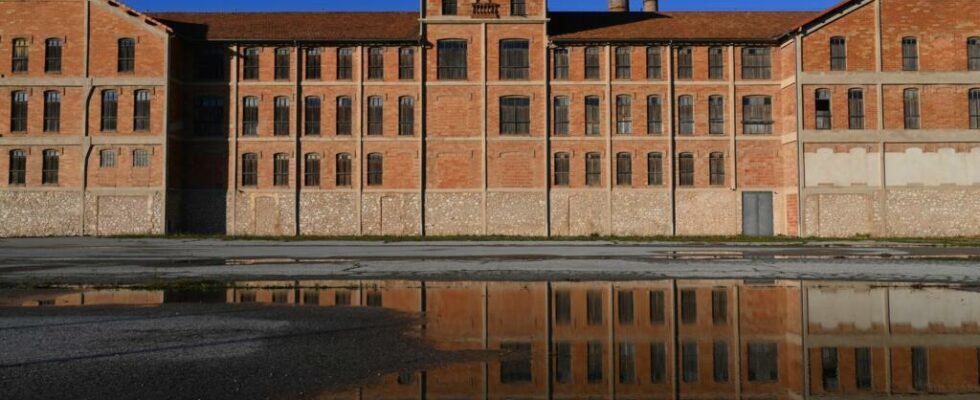On January 27, international day dedicated to the memory of the victims of the holocaust. This date corresponds to the release of the Auschwitz -Birkenau death camp by the Soviets in 1945 – 80 years ago. But what about the transmission of memory, almost a century after the Holocaust?
From our correspondent to the Milles camp, next to Aix-en-Provence, in the Bouches-du-Rhône,
On the outskirts of the small Provencal village in the Milles, a huge red brick building breaks the horizon in the middle of a lawn cut. Inside, we discover the memorial site: ” We are going to get into the course and the first two sentences that challenge us are: What will I do tomorrow if? How did it happen? »»
Charlotte, site mediator, tells the story of this camp. We tell the Shoah On large panels and the gears that made it possible. At the start of the war, this camp was used to enclose foreigners and dissidents. “” There, what you see next to it was really the place where they lived. The ground was a clay dust, which made coughs and spitting blood ». Then the camp takes another turn. “” From August to September 1942, he became a deportation camp, where this time men, women, children, babies will be deported to Auschwitz. »»
In the site auditorium, several CM2 classes repeat the song of the marshes – also called the song of the deportees. It is Blandine, school teacher and mediator with primary students, who supervises this workshop. “” The work was done both in understanding the words, but also in the link with the site ».
In CM1 or CM2, we are receptive, in memory of the Second World War?
“” We will say that it is difficult because the more we advance in time, the more we are in what is part of the story. But afterwards, there are many other possibilities to touch children, by doing songs like that, by participating in commemorations, explains Blandine. For children, we will work much more on videos. It can be the different forms of discrimination, how they see them in school and what can be done to fight against discrimination, in particular school harassment ». Because the peculiarity of the Camp des Milles is the reflexive component that closes the visit. In this space, we answer the questions asked at the start of the course.
The only large French internment and deportation camp still intact
Alain Chouraqui, director of research at the CNRS and president of the Camp des Milles Foundation: ” Our whole point is the story at the service of the present: how to do that again. And besides, this is what works most for young audiences far from these subjects who sometimes tell us: the Second World Warthis is not my business. They realize that somewhere all these major events talk about them. Talk about racisms, what they experience on a daily basis, group effects, small chefs ».
And thus, adds Alain Chouraqui, to speak of history, to transmit this memory is to hope that precisely, it does not happen again.
Read tooAnniversary of the release of the Auschwitz camp: how is the Shoah taught?
